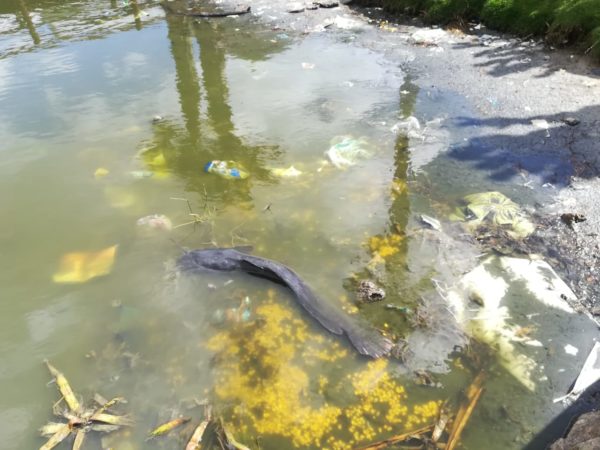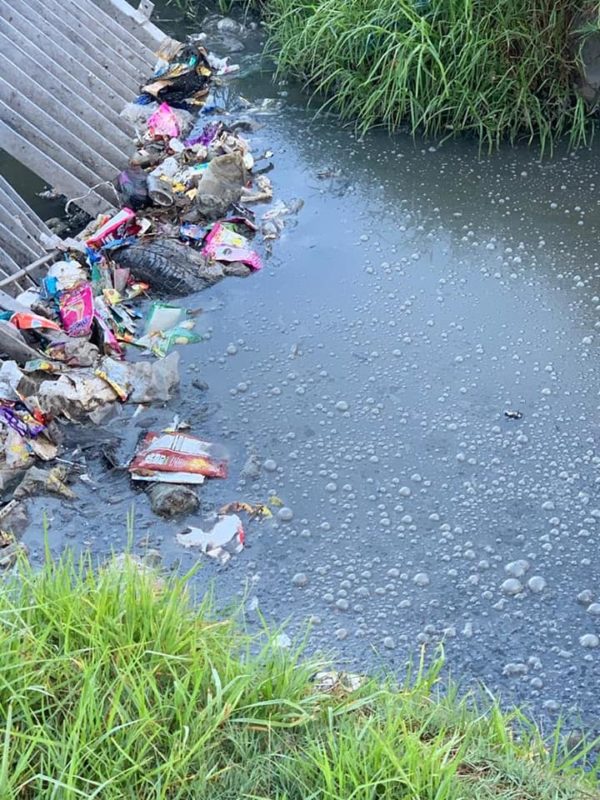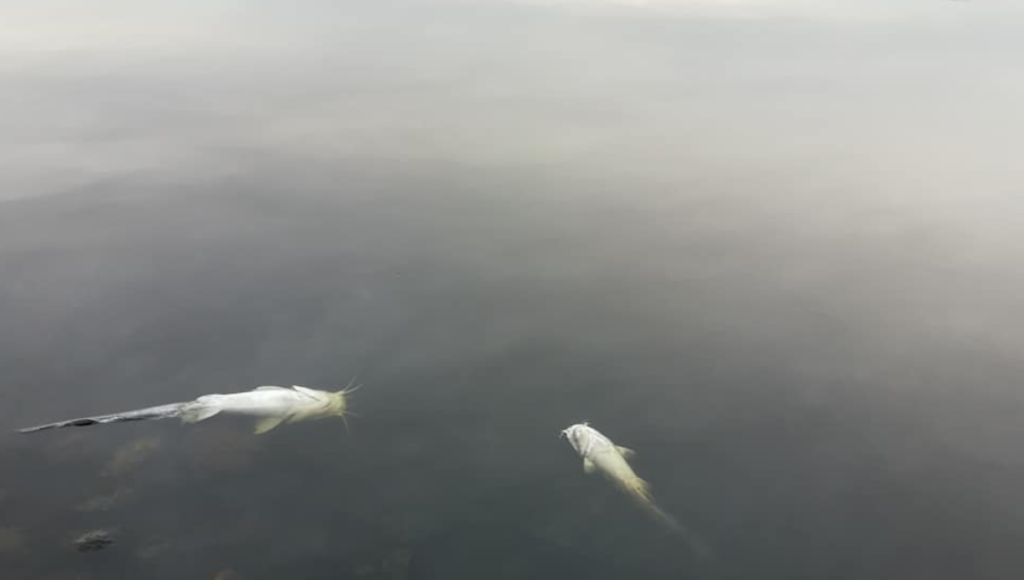Residents near Milnerton Lagoon and passersby have had to deal with a nauseating stench in the area that never goes away, even after the City intervened to try and change it.
The Organisation Undoing Tax Abuse (OUTA) says the City’s latest intervention at Milnerton Lagoon did not yield any results and water testing in the area has uncovered disturbing results, but the City disputed their findings, saying it might be influenced by other factors. OUTA has been actively engaging with the City and working with the Green Scorpions to resolve environmental and pollution concerns at the lagoon.

“We are still continuing with independent water testing, and the results we are currently receiving are more disturbing than ever. OUTA’s most recent independent tests, taken on 20 May 2020, shows the highest level of E Coli (102 000 per 100ml) we have ever recorded at the PDA sampling point. Generally, the results show fair treatment. However, the E. coli is significantly high and very concerning,” says Andrea Korff, Legal Project Manager at OUTA.
Korff is becoming increasingly concerned as tests show much higher levels of E. coli than before, despite the City saying the water quality is improving.

“The broader Diep River catchment is one of the largest in the City at 1551km2, and pollution on the street, or any sewer blockage/overflow that occurs in this area, will be washed down to the Diep River eventually. The areas of Dunoon and Joe Slovo are the main hotspots for sewer blockages and illegal stormwater connections in this catchment due to high levels of illegal development in these communities and the extra pressure this places on the City’s pipes.
“In terms of trying to reduce the impact of pollution conveyed by the stormwater system, four major projects totalling R57,5-million are all due to get underway, commencing with conceptual design in mid-2020. However, pollution is a societal challenge with many drivers. While the City combats pollution as best as possible, we need residents to comply with laws around what goes into sewers and stormwater pipes if we are going to sustainably bring pollution levels down,” adds Limberg.
“Worth noting is that chronic water pollution is not just an issue in the Diep River catchment, although certain factors such as the size and make-up of the catchment make the effects more obvious. The Disa River, Soet River, Kuils River, Black River are all affected by similar factors to those which are affecting the Diep River. Building awareness around appropriate use of sewers and stormwater pipes is not just important for this community, but for the whole city.
‘With regards to the Diep River, communities are regularly updated on the short and long-term measures to combat pollution. Publically available reports to sub-councils in the Milnerton/ Table View area provide details of City projects with regular updates on progress. See attached for a reflection of works being undertaken. These plans are being continually refined based on ongoing investigations into what the main contributors of pollution are and how budget should be prioritised to deal with these. Results from OUTA’s sampling programme can also be assessed in terms of whether these could indicate possible sources of pollution of which the City was not previously aware,” concludes Limberg.

